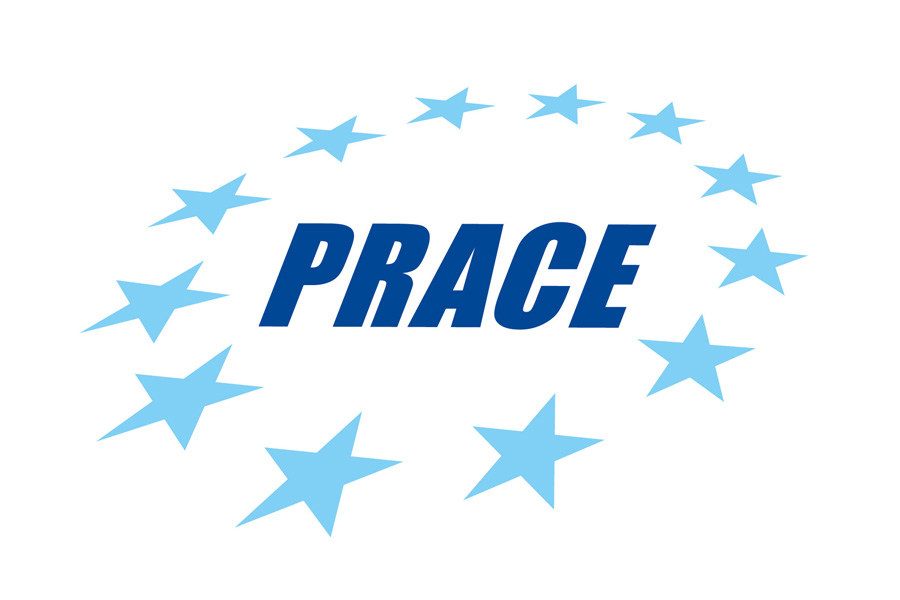Projects
Engineers who design hard real-time embedded systems express a need for several times the performance available today while keeping safety as major criterion. A breakthrough in performance is expected by parallelising hard real-time applications. parMERASA targets a timing analysable system of parallel hard real-time applications running on a scalable multi-core processor....
At the time, EUDAT was the proposal for the next stage in the realisation of the vision of “data as infrastructure”. The EUDAT consortium included representatives from each stage of the value chain that has evolved to deliver scientific knowledge to researchers, citizens, industry and society as a whole. It included funding agencies that invest in research...
Large scale simulations are the third pillar of science today alongside theory and experiment. They produce scientific insights, technological advances, and solve problems in many fields of society. Their tools are high-end computers and effective software. PRACE, the Partnership for Advanced Computing, has been created as a not for profit...
Several research communities in Europe exploit e-Infrastructures, sharing data and computing resources with Grid and Supercomputing technology. However the inherent complexity of these technologies has limited their wider adoption and their long term sustainability: designing, developing and operating a computing infrastructure for an e-Science community remains challenging...
The use of High Performance Computing (HPC) is commonly recognized as a key strategic element in improving understanding of complex phenomena, in both research and industry. The constant growth of generated data - Big Data - and the computing capabilities of extreme systems are leading to a new generation of computers composed of millions of heterogeneous cores which will...
Design complexity and power density implications stopped the trend towards faster single-core processors. The current trend is to double the core count every 18 months, leading to chips with 100+ cores in 10-15 years. Developing parallel applications to harness such multicores is the key challenge for scalable computing systems.
The ENCORE project...
Storage research increasingly gains importance based on the tremendous need for storage capacity and I/O performance. Over the past years, several trends have considerably changed the design of storage systems, starting from new storage media over the widespread use of storage area networks, up to grid and cloud storage concepts. Furthermore, to achieve cost...
The European consumption of plastics increased from 24,6 Mtons in 1993 to 39,7 Mtons in 2003 and its growth rate exceeds that of the economy as a whole. At the same time, polymer recyclers and manufacturing industries have a problem buying feed materials and secondary polymers of sufficient volume and quality, as a result of the pull of China and India on all raw material...
The goal of OGF-EUROPE was to stimulate, co-ordinate and harmonise networked actions on Grid adoption across Europe and globally through reinforcement of the Open Standards message and thus capillary diffusion of the Open Grid Forum (OGF) model to Europe in alignment with OGF mission, strategy and leadership.
OGF-EUROPE aimed to mobilise the Grid...
Due to technology limitations, the domain of high-performance processors is experiencing a radical shift towards parallelism through on-chip multi-cores and chip customization leading to heterogeneous multi-core systems.
Furthermore, the commodity market, the supercomputing market and the embedded market are increasingly sharing the same challenges,...









